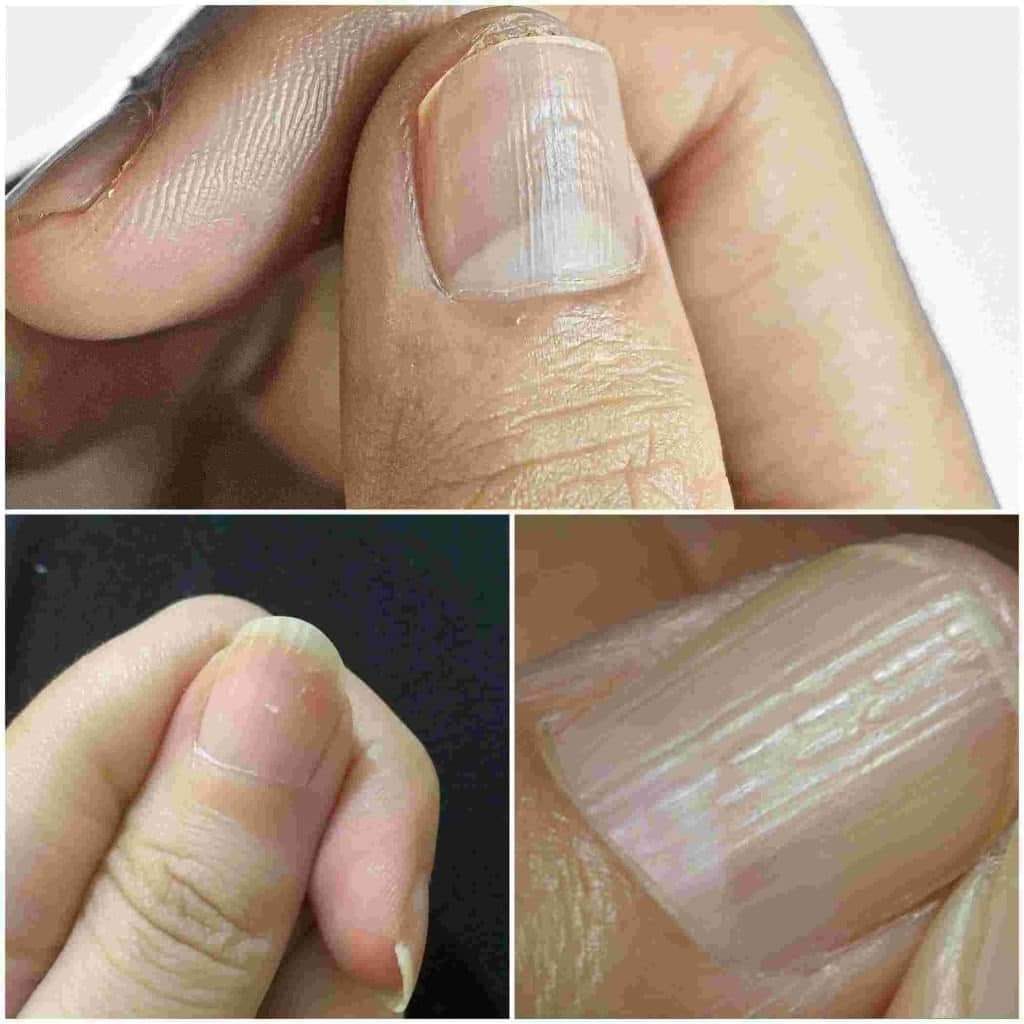Vertical ridges, or lines that run from the base to the tip of the nail, are common and typically harmless. However, in some cases, these ridges may signal underlying health concerns. Understanding what causes vertical ridges can help you determine whether they’re a normal part of aging or a sign of something more serious. Let’s dive into the real causes behind these nail changes.
1. Aging
- Cause: One of the most common causes of vertical ridges on nails is simply aging. As we grow older, our body’s ability to regenerate cells slows down. This can lead to a change in the texture and appearance of the nails, often resulting in vertical ridges.
- How It Affects Nails: These ridges are typically harmless and are considered part of the natural aging process, much like wrinkles in the skin.
2. Dehydration of the Nail Plate
- Cause: The nail plate can dry out just like skin, leading to vertical ridges. Frequent exposure to water, harsh chemicals, or cold weather can dry out nails, resulting in these lines.
- How It Affects Nails: Dehydrated nails become more brittle and prone to ridging. Moisturizing the nails regularly with oils or creams can help.
3. Nutrient Deficiencies
- Cause: A lack of essential nutrients like iron, magnesium, or B vitamins can lead to changes in the nails, including vertical ridges.
- How It Affects Nails: Iron deficiency (anemia) is one of the more common causes of vertical ridges. The nails may also become thin, weak, or brittle.
- Solution: Eating a balanced diet rich in nutrients, including leafy greens, nuts, seeds, and lean meats, can help maintain nail health. Supplementing with vitamins may also be beneficial if deficiencies are detected.
